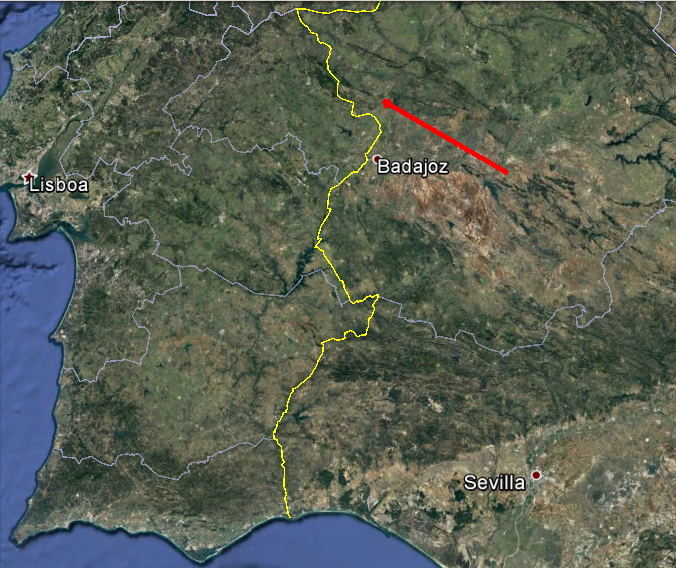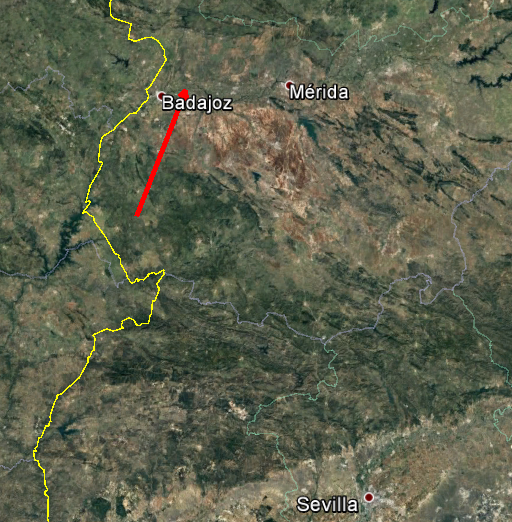
 On February 16th and 17th, two bright fireball flew above Extremadura (west Spain) skies.
On February 16th and 17th, two bright fireball flew above Extremadura (west Spain) skies.
First one on February 16th took place at 05h00 UT and second one crossed skies at 20h35 UT of February 17th.
Both of them could be registered with the SMART Project’s detectors operated at Calar Alto (Almería), Sierra Nevada (Granada), La Sagra (Granada), La Hita (Toledo) and Seville observatories.
West Calar Alto surveillance webcam could also register these events.
Following the analysis carried out by Professor José María Madiedo (Instituto de Astrofísica de Andalucía IAA-CSIC) the fireball on the February 16th night had a cometary origin, while the one at February 17th was a asteroidal event. The data of both events are:
- February 16th
- Event type: Cometary
- Initial speed: 213.000 km/h
- Initial altitude: 82 km above the ground
- Final altitude: 17 km above the ground
The luminous part of this event started above the southwest part of Badajoz province (Extremadura), moving northeastward until it finished nearly the skies of Badajoz city.
- February 17th
- Event Type: Asteroidal
- Initial speed: 90.000 km/h
- Initial altitude: 95 km above the ground
- Final altitude: 45 km above the ground
In this case, the luminous part started at the east of Badajoz city, moved northwestward, and finishing at north of the same city.
The path those fireball followed above the ground are shown on the above images..
Below are the videos registered with the same west surveillance camera operated at Calar Alto Observatory.
Calar Alto (CAHA) fireball detection station, together with the one at the Observatory of Sierra Nevada (IAA-CSIC) and others placed at different locations in Spain, are part of the S.M.A.R.T. project led by Professor José María Madiedo (IAA) to track that kind of objects. Specifically, Calar Alto (CAHA) station and the one at Sierra Nevada (IAA-CSIC) constitute a collaboration agreement between the IAA researcher José María Madiedo and both institutions.
 English (UK)
English (UK)
